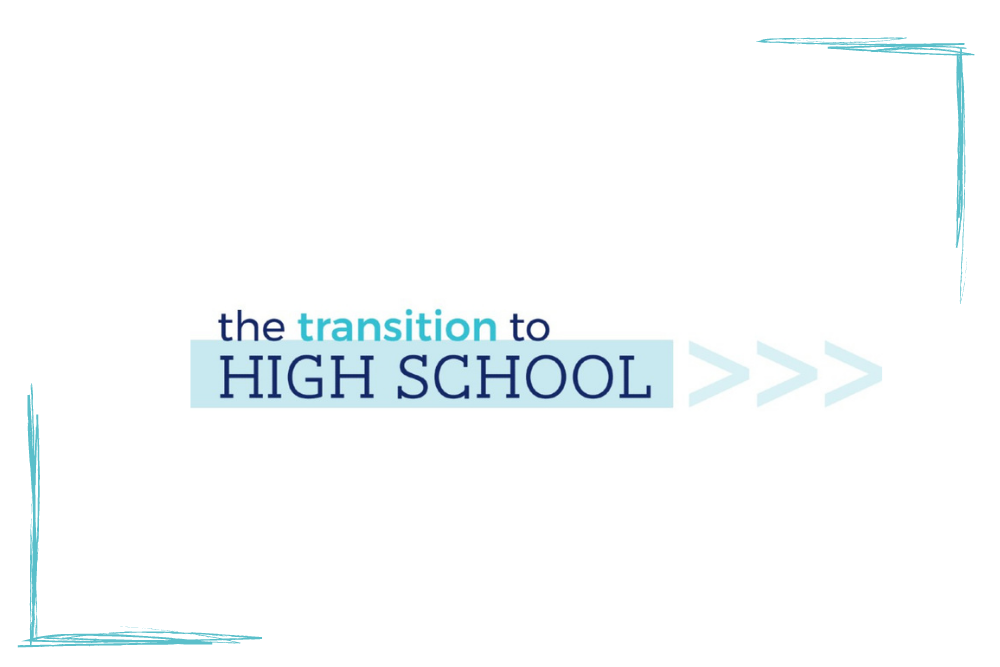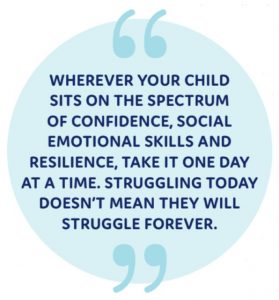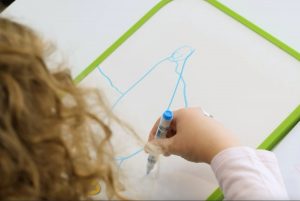WORDS: Madhavi Nawana Parker
Entering middle and high school is a big transition that occurs right when children are developing their own identity, experiencing social comparison, facing new experiences and getting overwhelmed by hormones and big feelings. It’s no wonder it can be a bumpy ride sometimes.
Confidence in themselves, social emotional intelligence and resilience help get them through this stage and come out the other end on top.
Wherever your child sits on the spectrum of confidence, social emotional skills and resilience, take it one day at a time. Struggling today doesn’t mean they will struggle forever.
Here are some practical ideas for a successful transition from Primary to Middle and High School.
Express your confidence in their ability to cope
Your child’s confidence is affected by your confidence in them. Children notice what we say, think and feel. Children don’t have enough life experience to know what to expect in all new situations. They put feelers out for how their parents and caregivers feel, using that as a gauge. Initiate optimistic, realistic and constructive conversations about life in general. Talk to them, how you want them to talk to themselves. Our dialogue becomes their inner dialogue. If you’re worried about where they are going to middle and high school – or their ability to cope, debrief with your supporters – out of your child’s earshot.
Normalise caution
Feeling uncertain before you do something new is normal. Caution helps you focus and become aware and prepared to rise to a challenge. Children need to know other children feel similarly to them. Next, provide empathetic, practical support to push through, get out of their comfort zone, keep things in perspective and have a go.
Mental preparation and coping skills
Empathy and acknowledgment helps children manage fears and switch logical thinking back on. It’s no good telling them they’ll be fine and not to worry if they’re worried. If we make resilience and confidence sound easier than it is and minimise their feelings, they feel hurt. A supportive response might sound something like, ‘I’m glad you told me how you’re feeling’ and ‘it sounds like you’re nervous about this, how can I help?’
Regular wellbeing practices like movement, hobbies, creative expression, laughter, social connection, digital detox breaks, nature, gratitude practice and journaling all fire and wire the parts in their brain which help them be calmer and help them get familiar with what feels good (so they are more likely to know what to do next time they feel bad).
Be optimistic
We don’t know yet how they will feel when they start middle and high school – they will most likely be fine. Hear them out, normalise their feelings, ask first before you offer advice, show you are optimistic about where they’re attending and build coping tools ‘just in case.’
Increase familiarity
Spend time around the school neighbourhood, play in the local parks and if you can, connect with other families going to the school beforehand. Talk about positive things you’ve heard about the school but don’t overdo it – over reassuring is not healthy either.
You’ll find more tips that help in my article on choosing the right school for your child in Educate.







